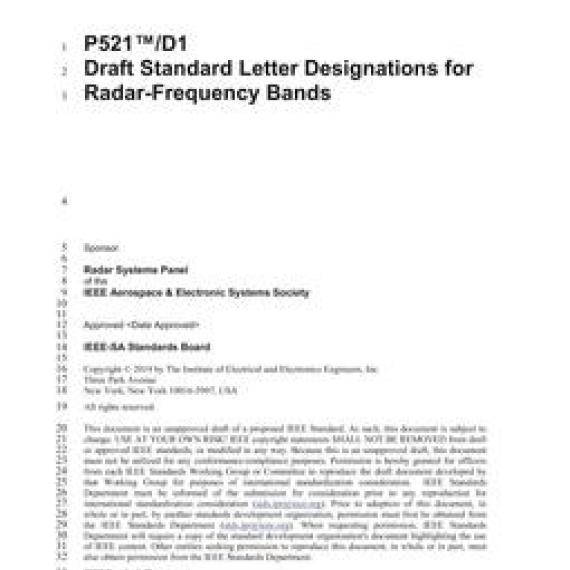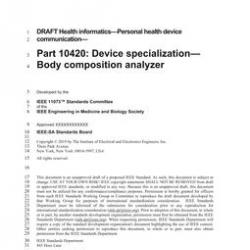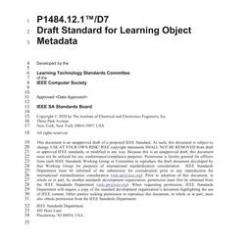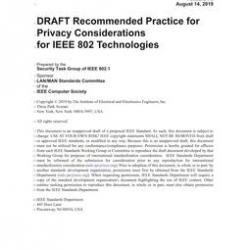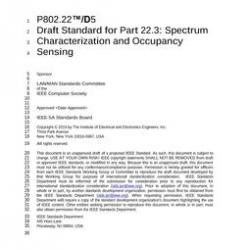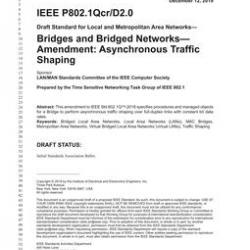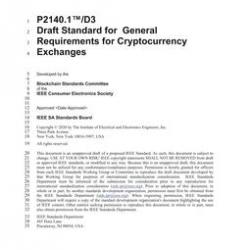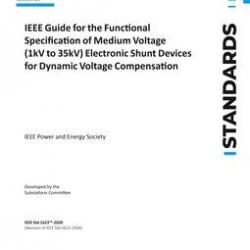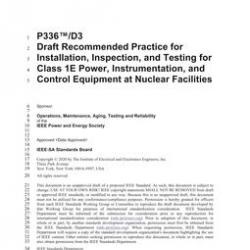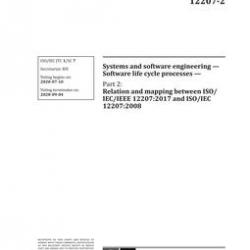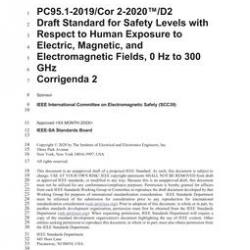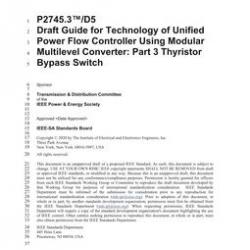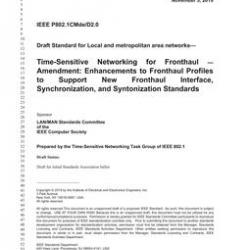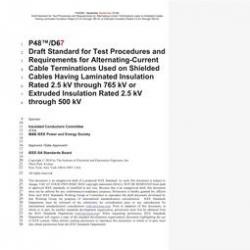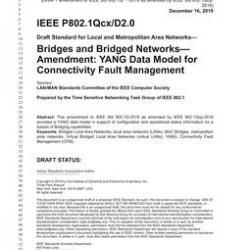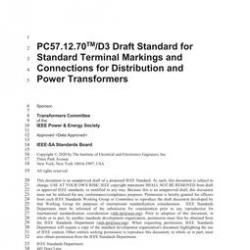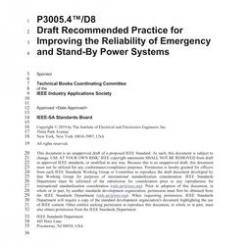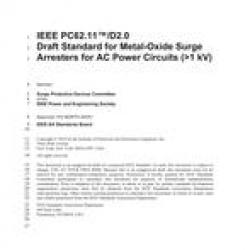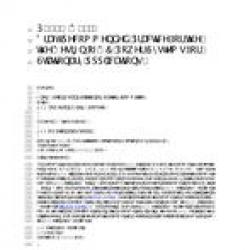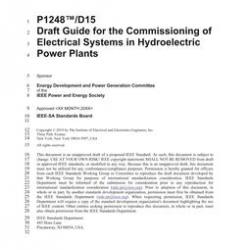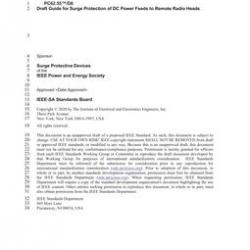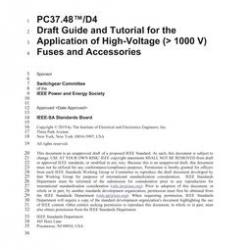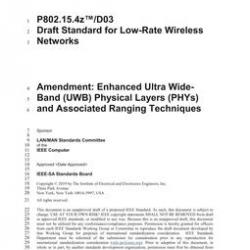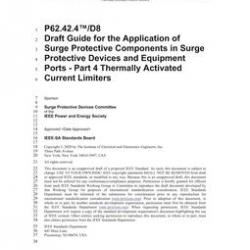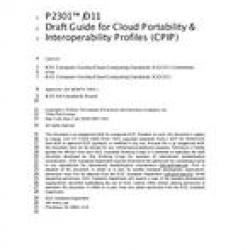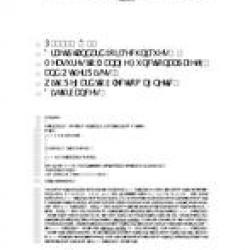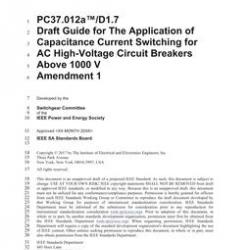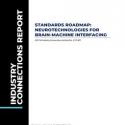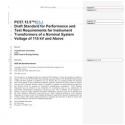Full Description
Scope
Since World War II, radar systems engineers have used band letter designations as a short notation for describing the frequency band of operation. This usage has continued throughout the years and is now an accepted practice of radar engineers. Radar-frequency letter designations are used for the following reasons:- They provide a convenient method for describing the band in which the radar operates without the need for awkwardly stating the frequency limits in numerical terms. For example, it is more convenient to say an a??L-band radara?? than a a??1215 MHz-1400 MHz radar.a?? This is especially important in titles of published papers on radar, in advertising of radar systems and components, or in any other situation where a short notation is desired.- In military radar systems, the exact frequency of operation cannot usually be disclosed, but it is permissible in many cases to describe the band in which it operates. The letter designations permit this.- Each radar-frequency band has its own particular characteristics. Thus, an X-band radar will be different from an S-band radar. The letter designations are often used in this manner to indicate the particular nature of the radar, as it is influenced by its frequency. There are vast differences in characteristics, applications, and environmental constraints that distinguish radars in the different bands. It is the need to communicate concisely the whole set of characteristics that are shared by S-band radar, as distinguished from L-band radar, C-band radar, and the others, which requires the established usage of letter designations.
Purpose
The purpose of the proposed project is to reaffirm the use of letter band designations for radar-frequency bands, and to update and correct the notes referring to the letter band designations in this standard. Because of recent changes in the ITU regulations, some of the notes need to be updated, and changed to correctly reflect the current frequency allocations. An extension to the current frequency range is anticipated reflecting radar development above 300GHz. No change in purpose from the current standard is anticipated.
Abstract
Revision Standard - Active.Letter terms in common usage are related to the frequency ranges that they represent in this standard.

